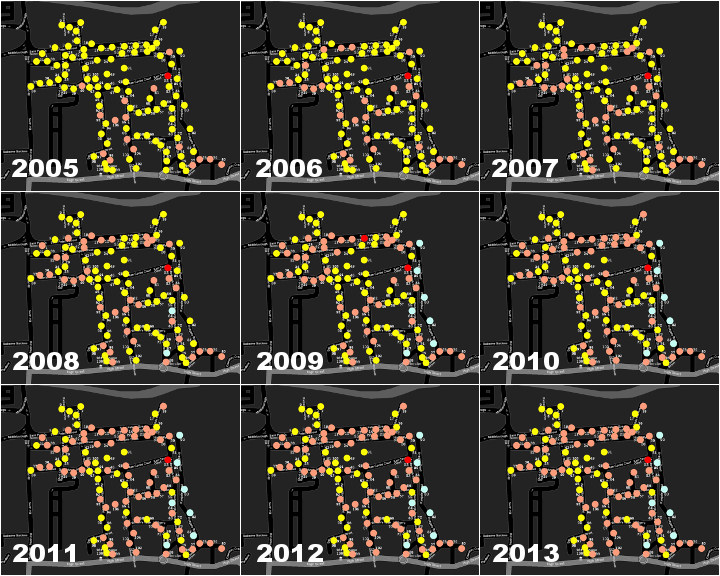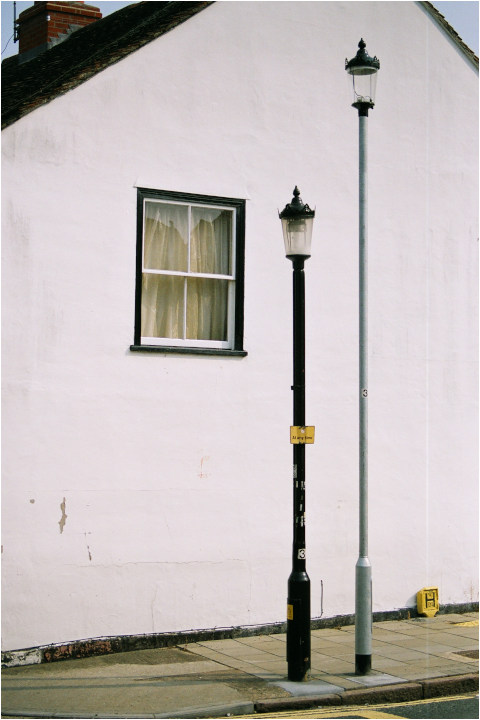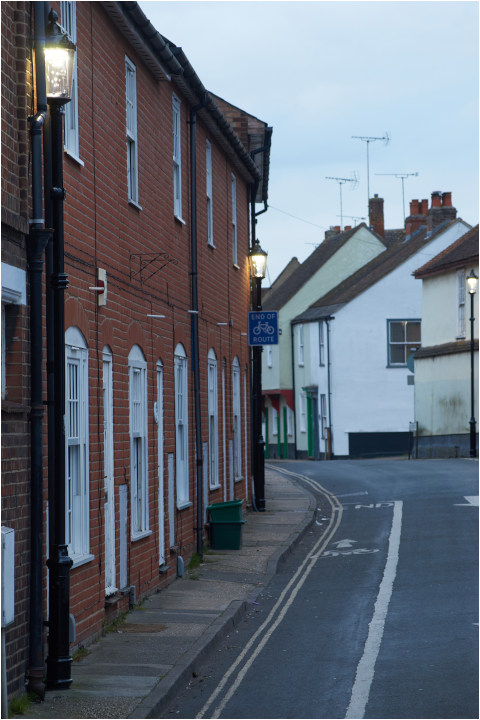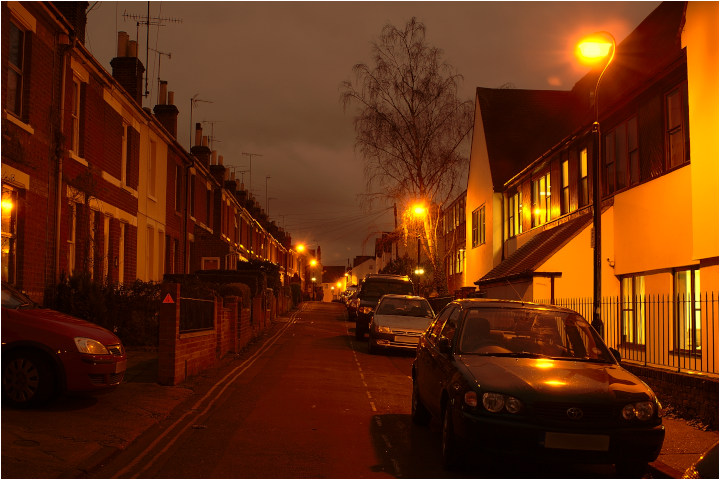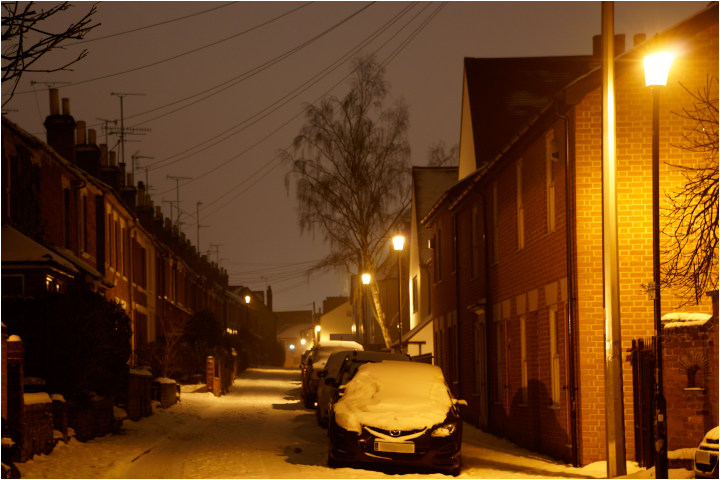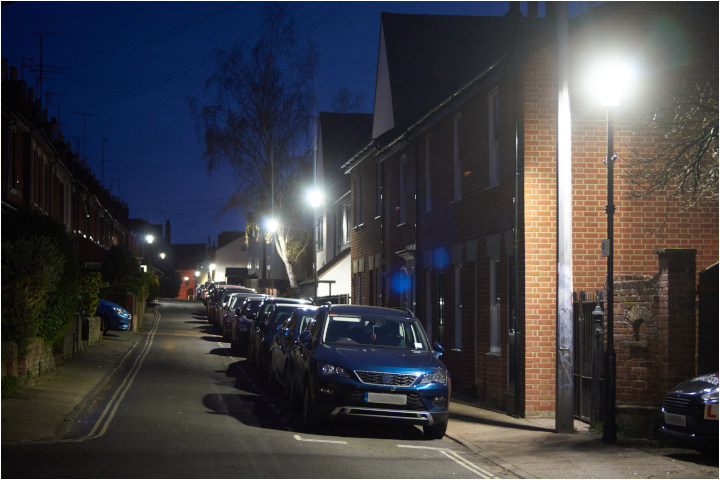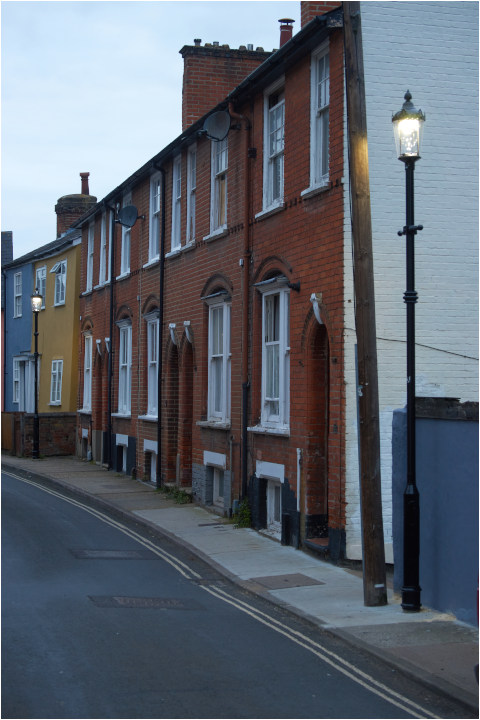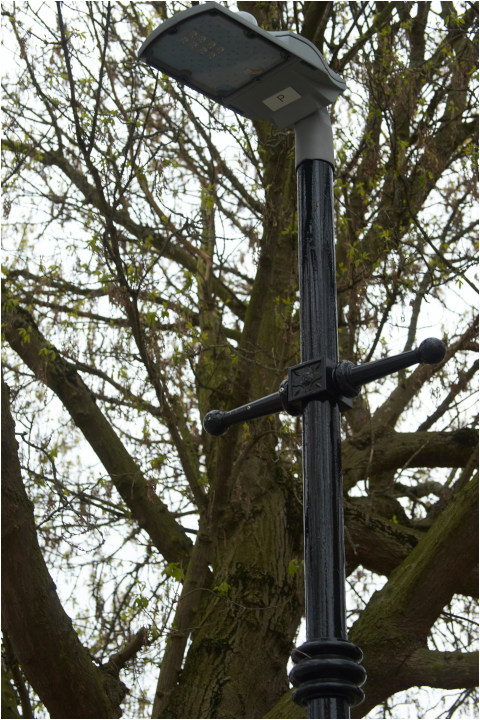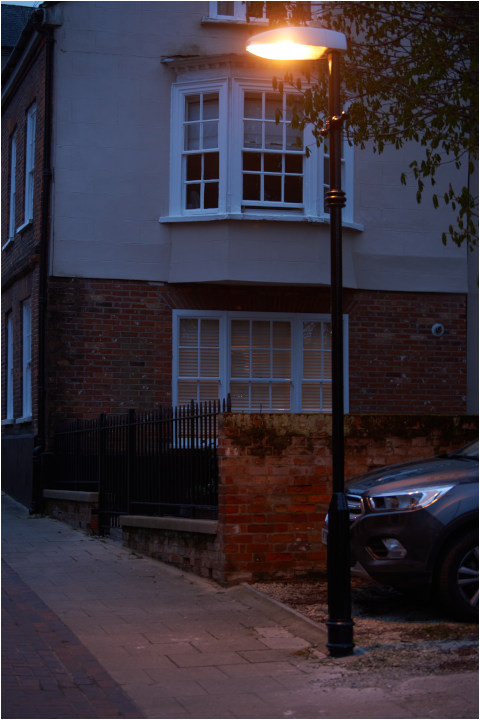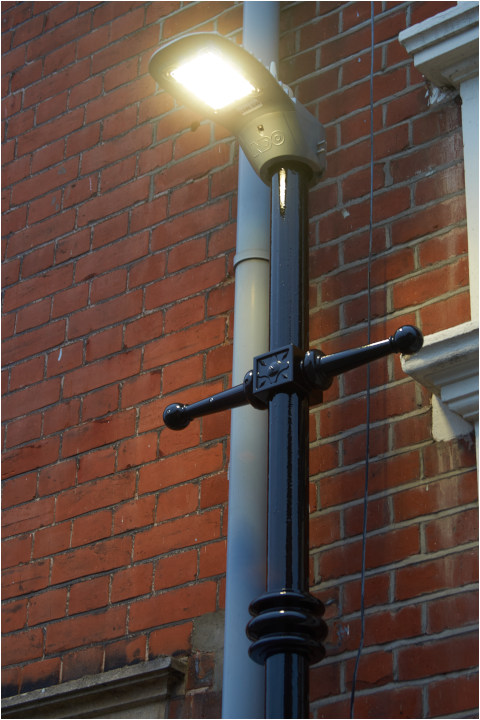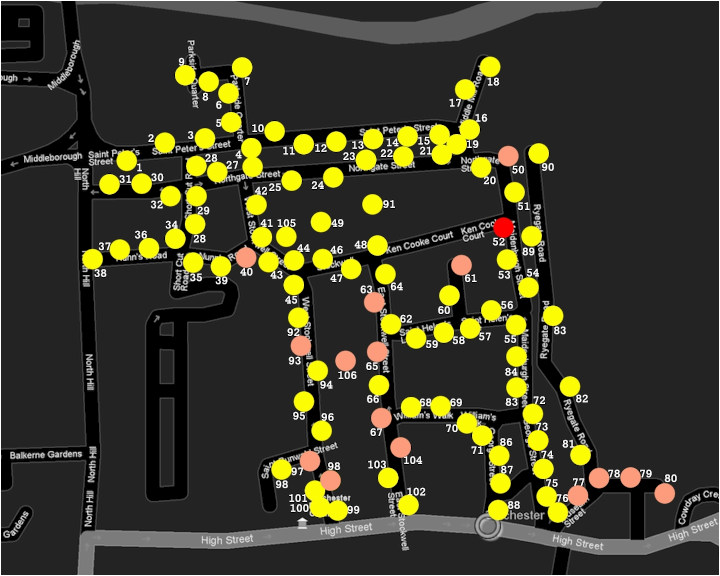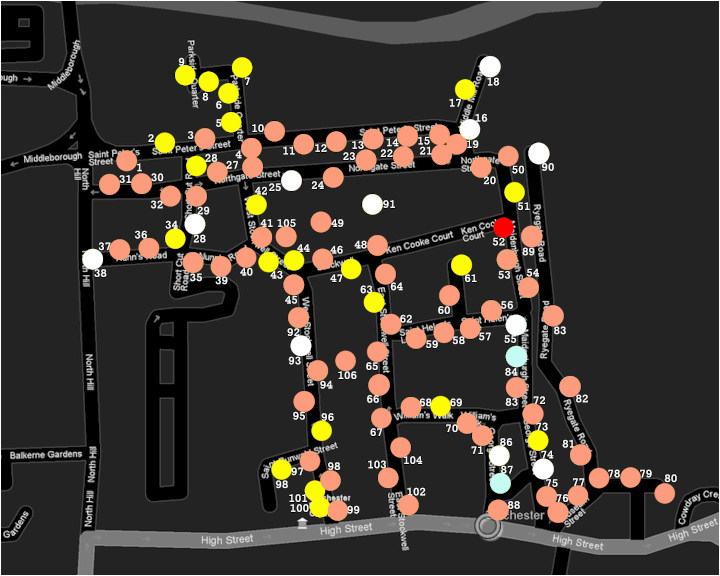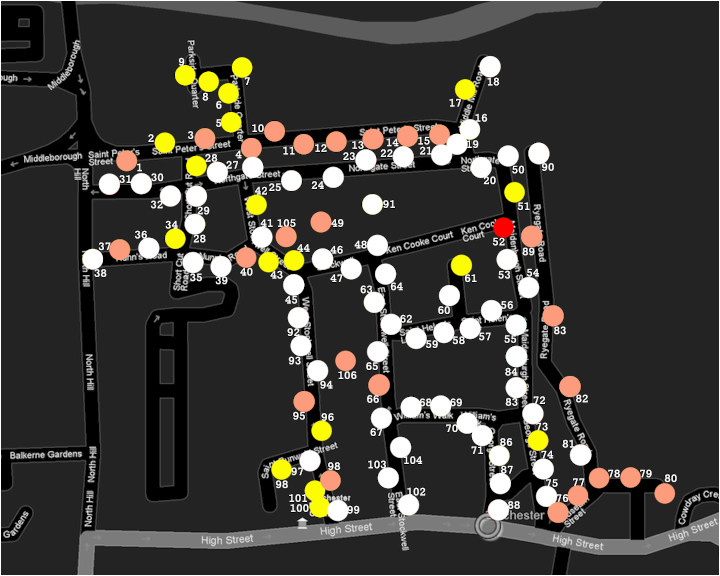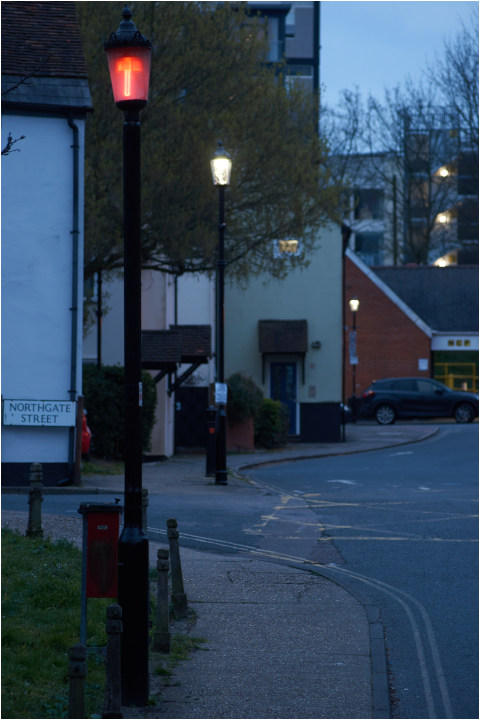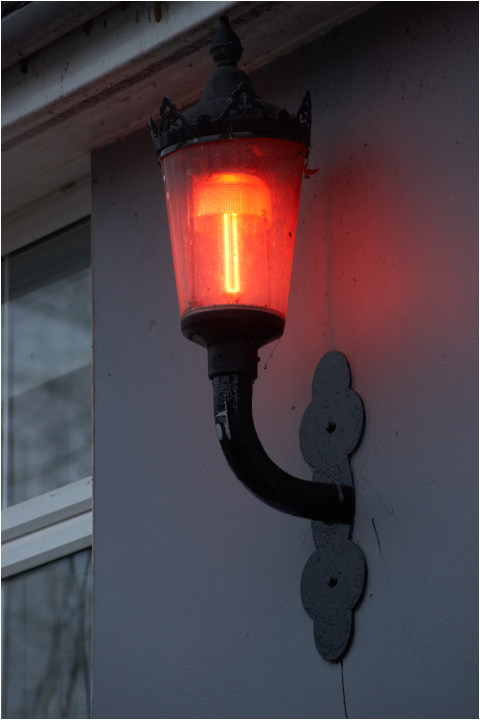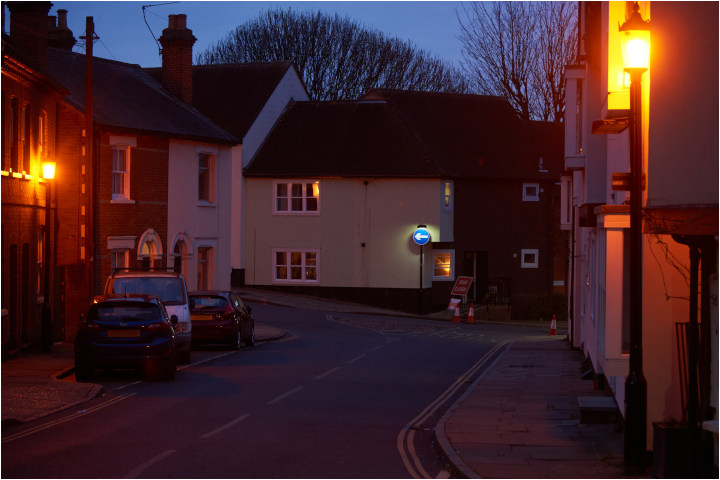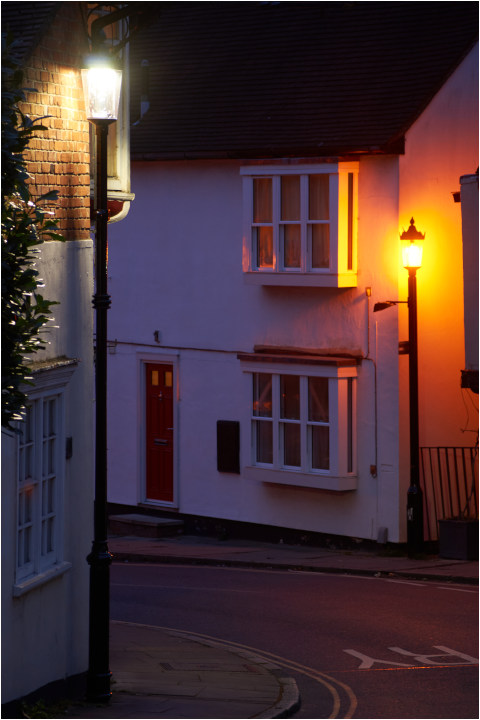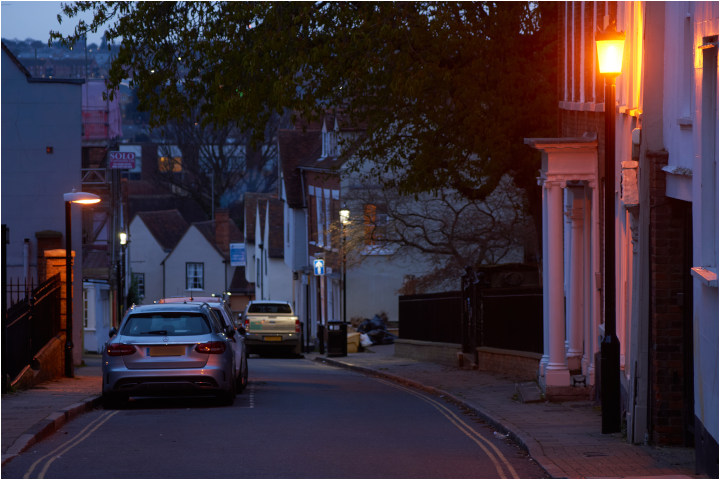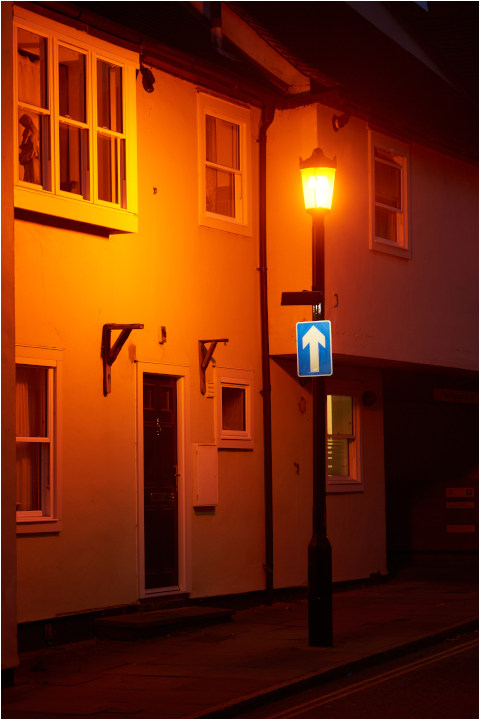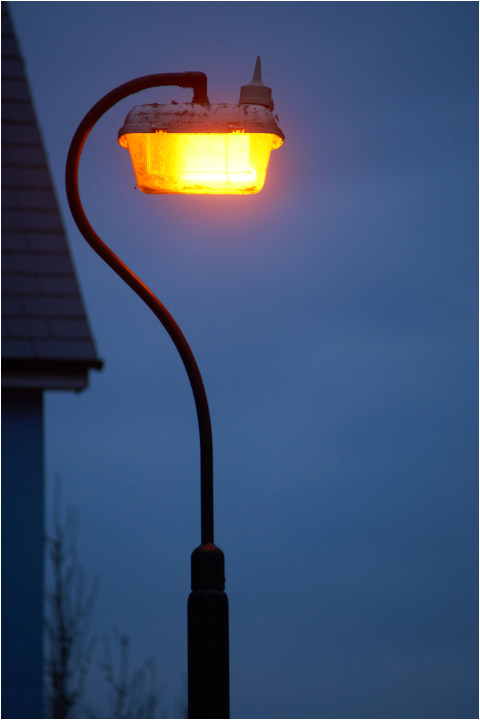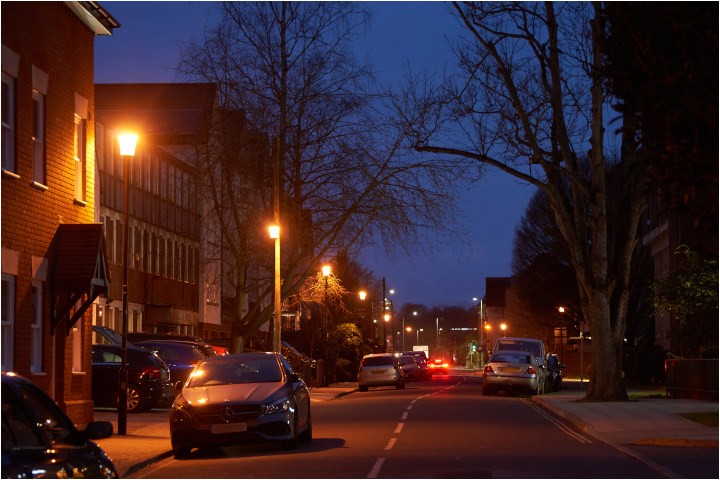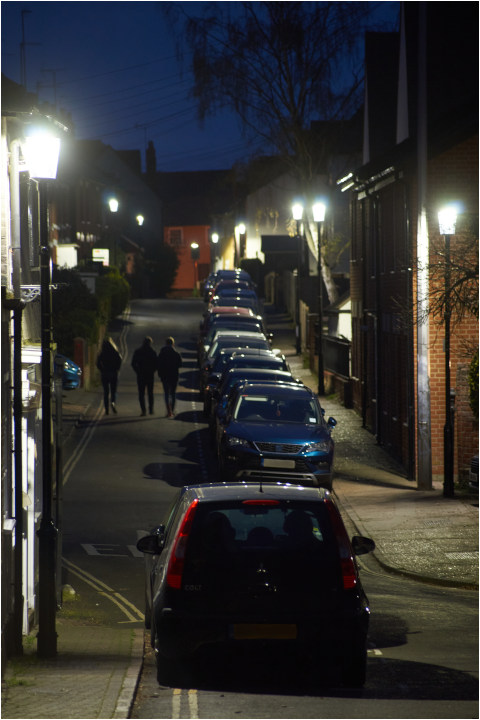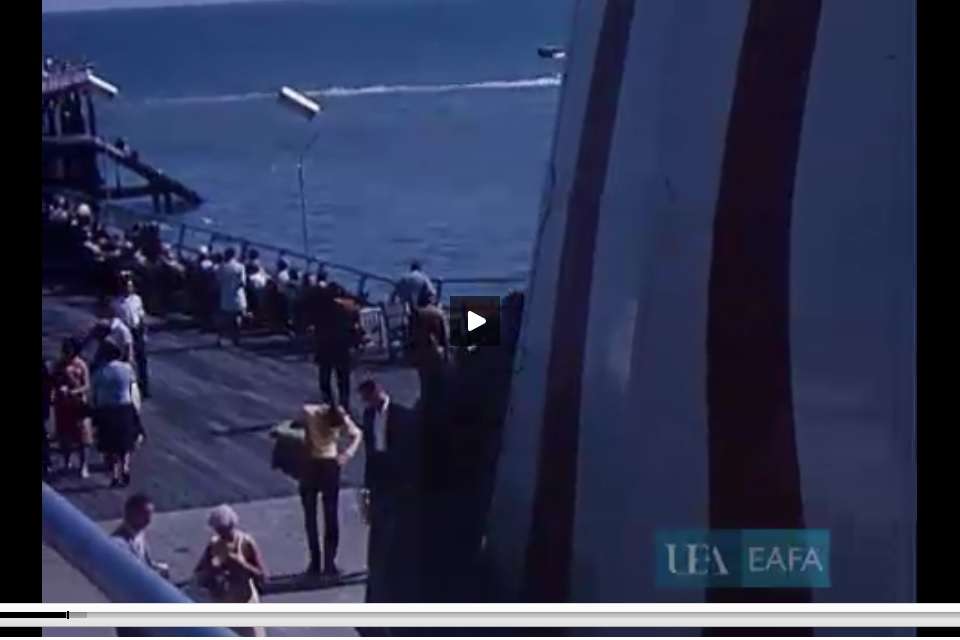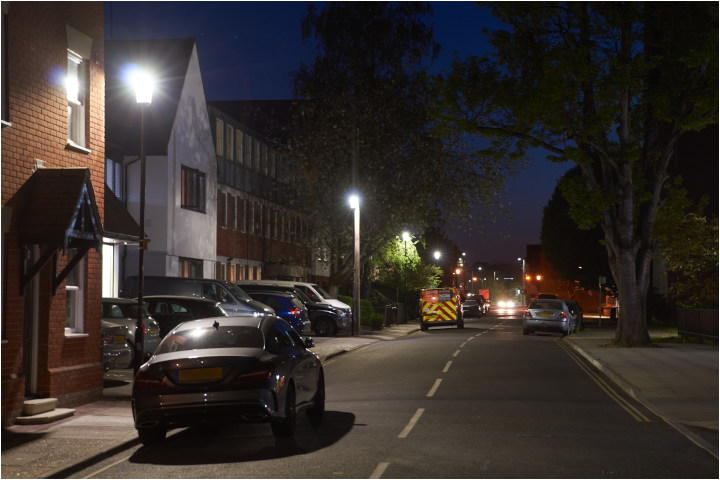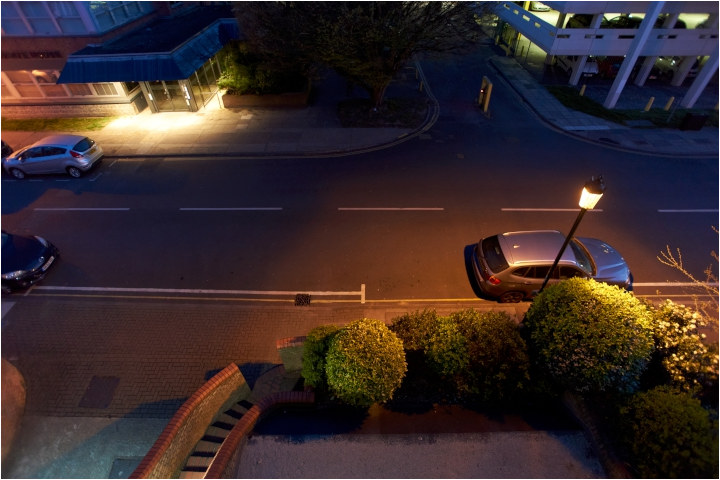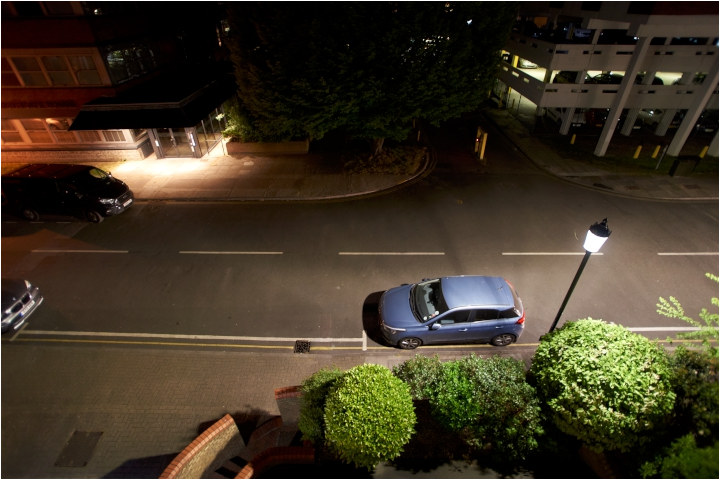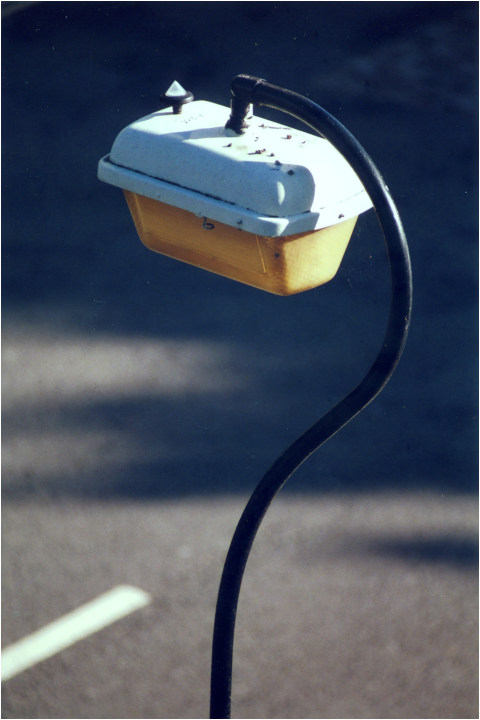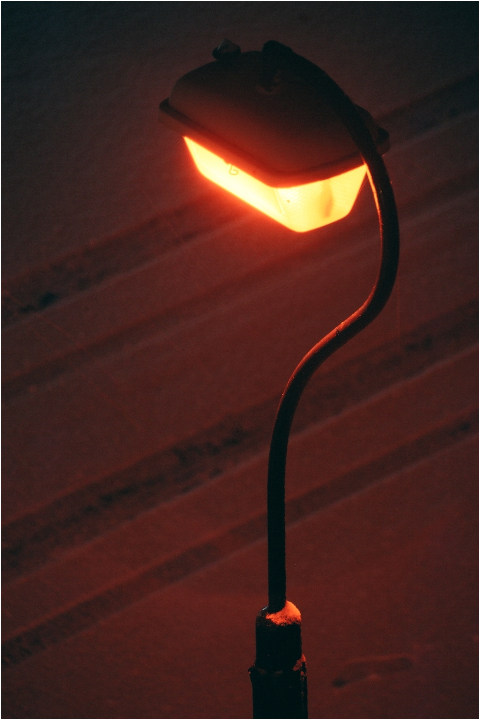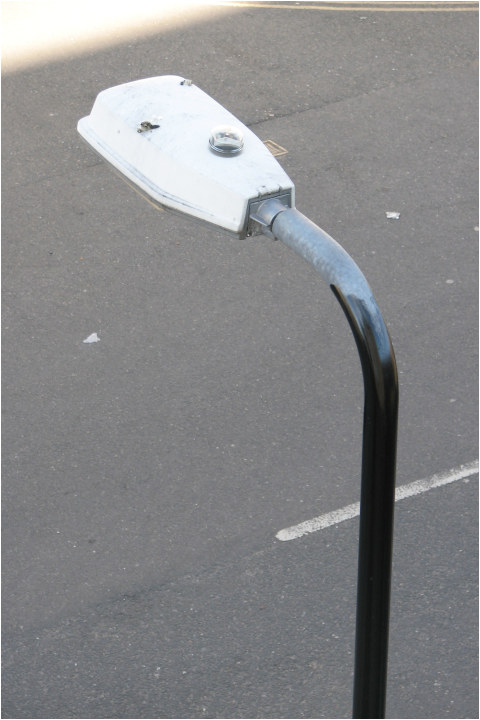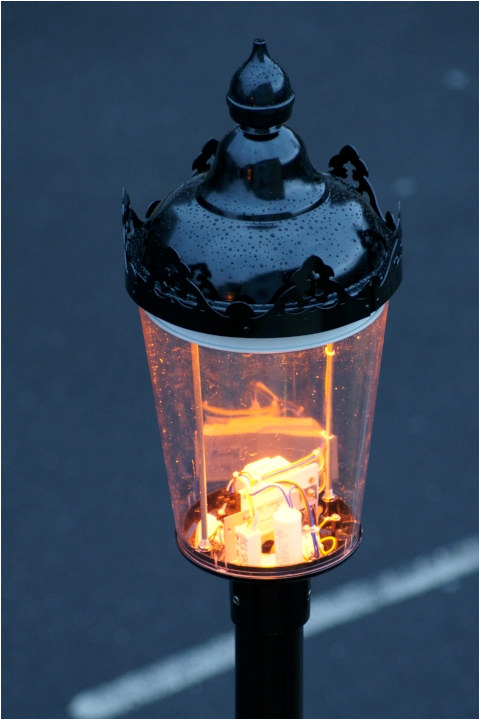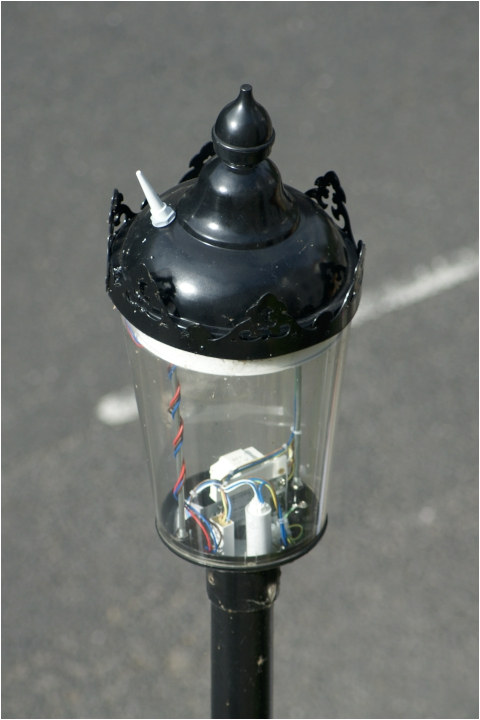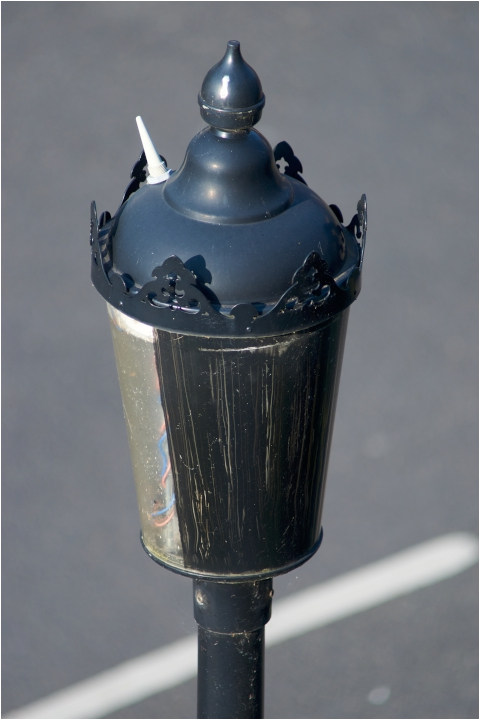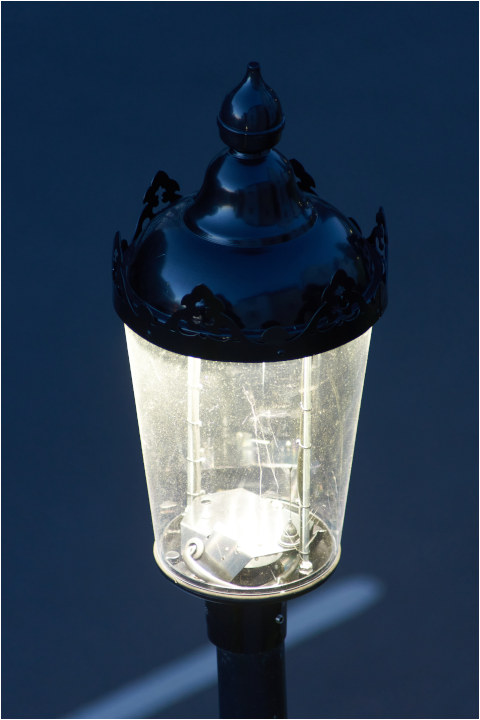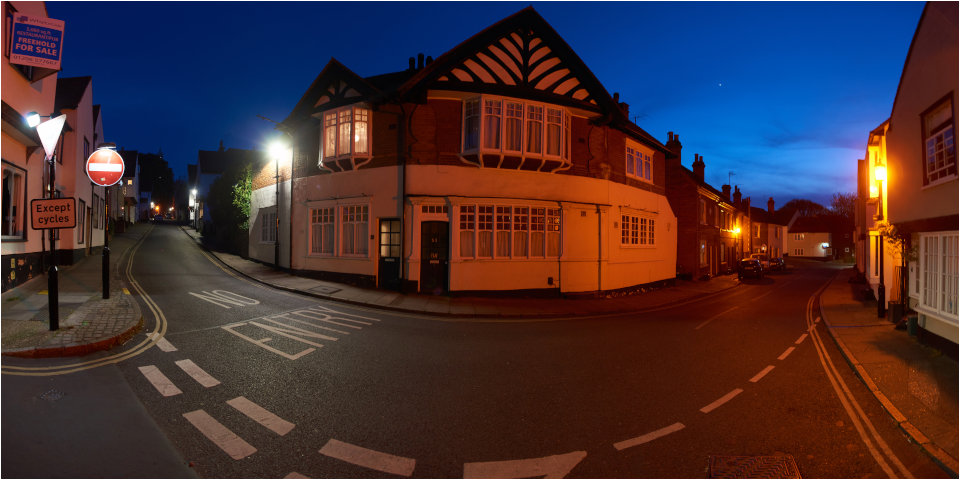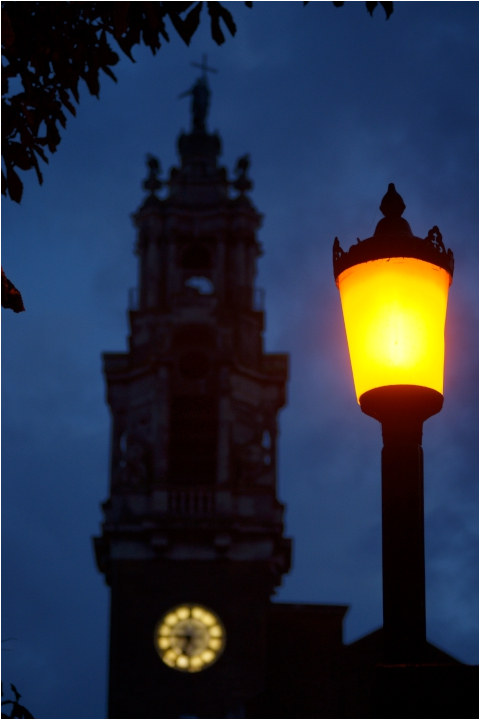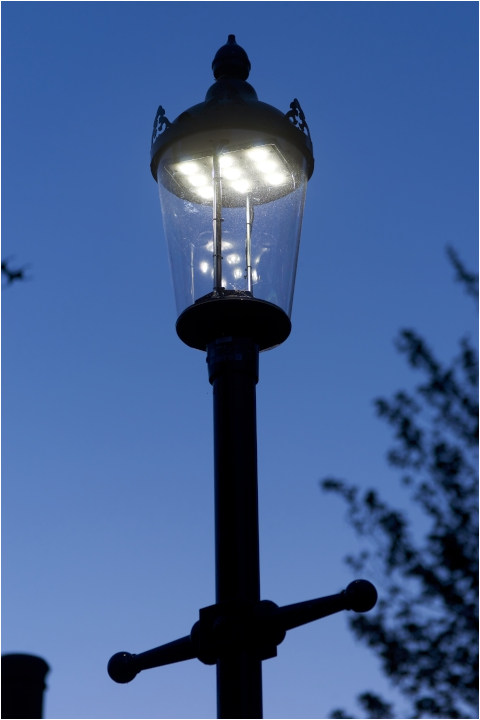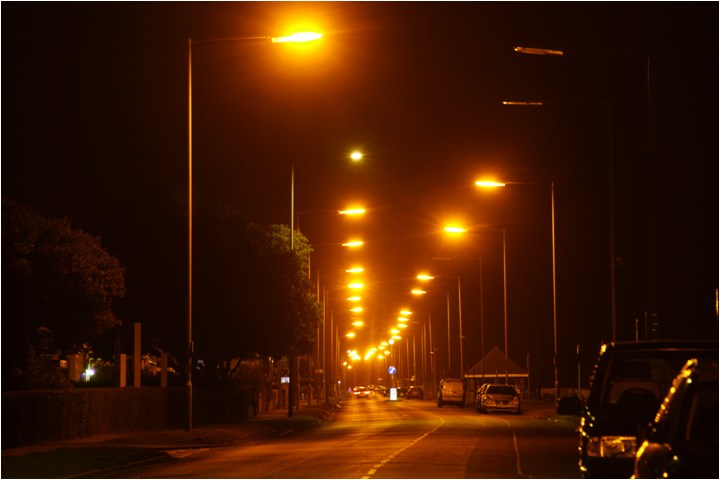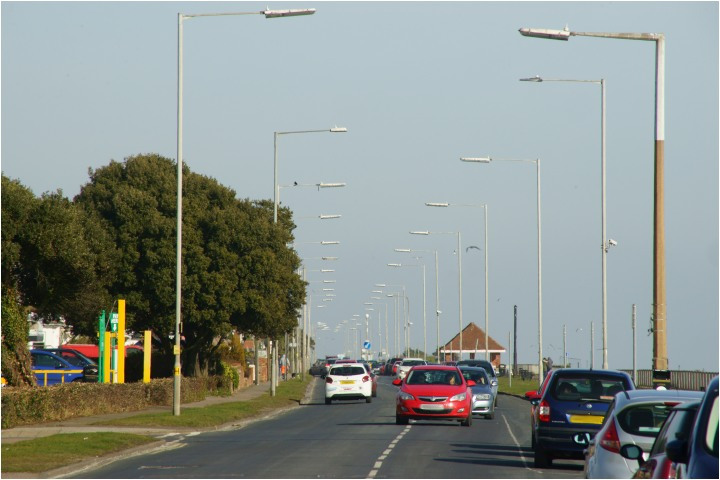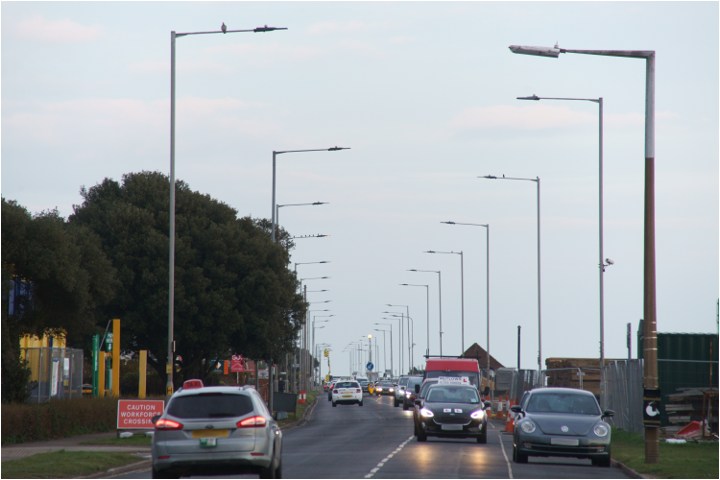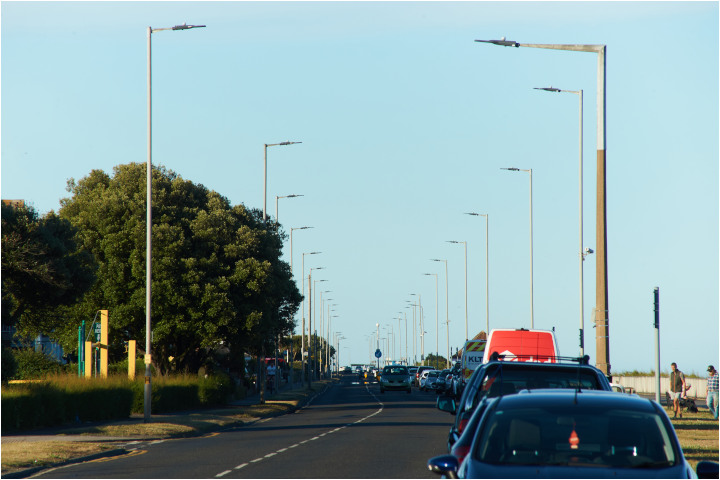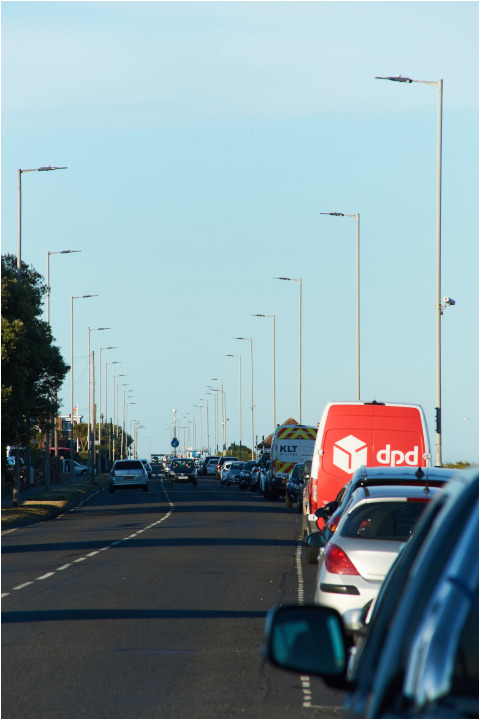I have noticed a few people writing about this article that was in the paper. I have just joined this forum so i could comment about the article and the lamps.
I started the petition online which i took to the council. I did use an image off this site i hope this was ok.
I felt the council need a push to restore these lights or would never happen. I read in the paper originally that they were taken down as a temporary measure.
It turned out that the council didn't credit the petition as it didn't have everyones post code.
I asked the following question to the leader of the council in one of their full council meetings.
“During December 2014 the Council removed parts of ornate cast
iron lampposts situated along Clacton seafront. These structures
were erected circa. 1912 and have been Grade II listed since July
4 1986. Naturally, due to this history, they form an important part of
Clacton’s heritage. A media article dated 24 December 2014
(Gazette: p37) states that these parts were removed on the
grounds of health and safety. The Council of course has a duty of
care to ensure its property is safe.
However, it can also be a criminal offence to carry out demolition
or alteration works on listed buildings without obtaining proper
permissions. When work is carried out on an emergency basis this
must be proved to be necessary and temporary.
Within the article Cabinet Member for Coast Protection at the time
of the removal, Cllr Nick Turner states “we have dismantled these
listed structures and will be storing everything carefully until we
can decide the best way forward to repair and restore them”.
I have recently made contact with Cllr Nick Turner through email
correspondence and, despite him no longer having authority over
this matter, would like to thank him for his efforts in responding and
for forwarding my concerns to the Council. This is greatly
appreciated.
I assume that, at the time of the removal, the Council complied
with all relevant legislation and obtained all necessary legal
permissions and that they have indeed been stored “carefully”.
We are fast approaching the fifth anniversary of these “temporary
emergency works”. Therefore could the Leader of the Council
please explain the Council’s plans to restore these lampposts
either to a cosmetic or ideally full working condition in order that
these priceless features of our town’s history can once again form
a paramount role in the ongoing regeneration of our Town Centre
and seafront?”
The response i got from the leader of the council was:
"I am advised that there is a total of twenty-one cast iron lamp columns along Clacton seafront. Four lamp columns on the Western Promenade within the seafront gardens conservation area were refurbished as part of a heritage lottery scheme in 2000 / 2001 at a cost of £10,000 per column and these columns need further work.
Of the remaining columns, fifteen are the Council’s responsibility and all have had their tops removed at various times over the past twenty-five years due to concerns over public safety. All action was taken in line with the advice of the Council’s Planning Department. The removals were done on safety grounds and no criminal offence has been committed.
A further two columns are within the Pavilion site.
The parts removed from columns along the eastern promenade in previous years were corroded and beyond repair and the buried private cable supplying the electricity was no longer serviceable.
In 2014 the remaining five lamp heads were removed from columns situated on the western promenade and the aim at the time was to retain these in the hope of it being possible to reuse these parts in any future restoration. However, they were found to be suffering from severe corrosion and not considered fit for repair and re use. They were stored within a Council facility for a considerable time before eventual disposal.
It would be possible to take moulds from remaining lamp heads for a future restoration project, should this be required, but, based on the work carried out in 2001 and more recent enquiries with potential restorers the cost of refurbishing the remaining lamp columns is likely to be anything from £300,000 to £600,000 depending on the extent of the refurbishment undertaken to the columns and the condition of underground cabling serving them.
Council 10 September 2019
I have just made a statement about exciting new plans being drawn up for Clacton town centre and I would urge everyone to continue to engage with that process to ensure the best outcome for the town.”
I then wrote the press statement after someone reported to me that parts of the lights were in a scrap yard. A local resided purchased these as some evidence.
I am now at the stage of making a formal complaint to the council. Hopefully they will put a restoration plan into place. If they do not i will continue to take the matter to the ombudsman.
I will keep everyone updated.
The information posted above about the lights, the history and some restoration has been fantastic i will use all of this information. Thank you.
Hopefully you find some of my information useful such as 2 of the lights being the responsibility of the pavilion. I may contact them, to see what they say about the two they are responsible for.
If anyone knows of a company that specialises in the restoration of these lights i would love to hear as i want to challenge the councils made up figure of £300K per light.
I also don't believe that the council carried out a survey on each light and instead just cut everything down. The parts i have seen in the scrapyard only have some surface rust. The council say they have kept one so a cast can be made in the future. I don't even know if to believe this.
Noting Phosco152's quite correct comments about Clacton sea front's top-entry GEC Z8430CMs turning up in a scrap yard, trip to Clacton-on-Sea shortly after the scrap yard story broke suggested to me that all may not be lost should Tendring District Council attempt to restore or replicate the REVO Clacton brackets at some point in the future. Two of the retrofit brackets, as installed in the 1930s, look to be intact with the exception of the decorative copper "hats" on the top of the columns.
To quickly recap the situation, many of the Edwardian columns were stripped of their 1930s retrofit "REVO Clacton" brackets and their 1960s retrofit top-entry GEC Z8430CMs in 2014, and these were put into storage for future restoration, but the top-entry GEC Z8430CMs along with the original decorative mounting finials (as cut off the end of the REVO Clacton brackets)
turned up for sale in a local scrap yard two months ago.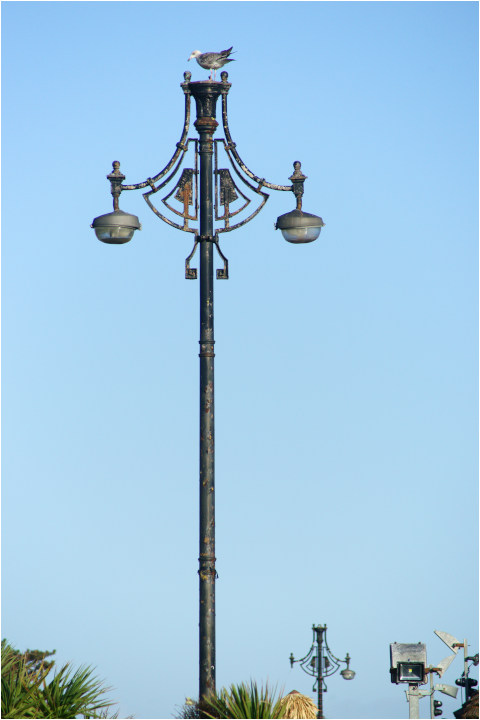
Two of the Grade II listed columns on Clacton sea front, as installed in circa. 1912, still retain their 1930s REVO Clacton brackets. All the photographs below except the last three were taken in February 2020.
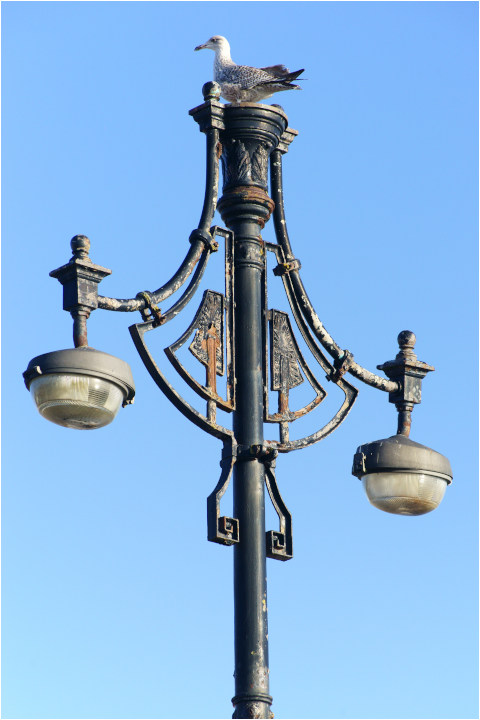
A close-up of one of the two remaining REVO Clacton brackets. Of the two remaining brackets, the one closest to Clacton Pier retains both of its mercury-running top-entry Z8430CMs, albeit the column is disconnected from the power supply.
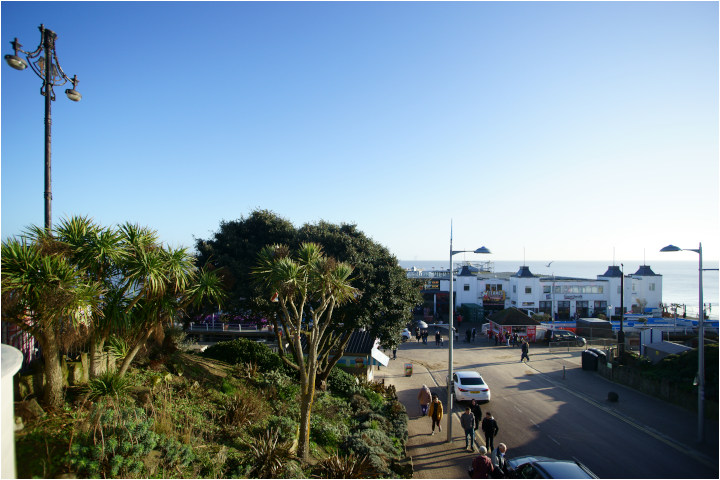
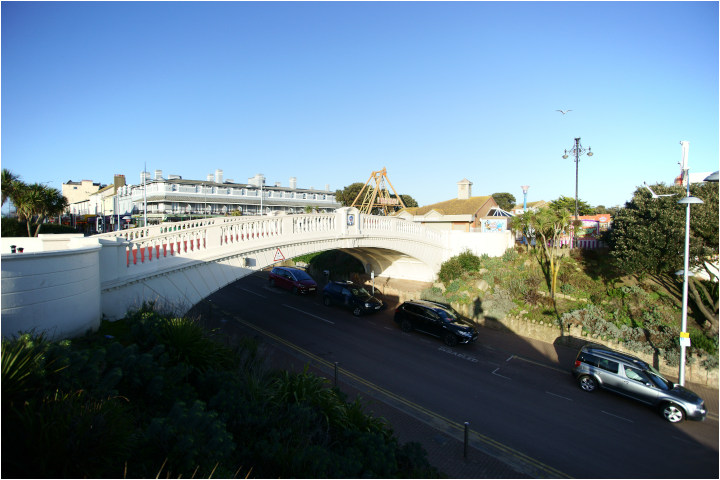
For the information of anyone planning to visit Clacton-on-Sea in the near future (noting that may not be possible due to coronavirus), this one remaining complete installation is on the top of the cliff to the immediate left of the entrance to Clacton Pier as you look out to sea. Any street lighting enthusiast visiting the region for a more extended stay may wish to consider a stay at the nearby Naze Marine Holiday Park in Walton-on-the-Naze
with its fabulous installation of local authority-spec mercury-running Z8430CMs on 8m Concrete Utilities Avenue 3DNN columns.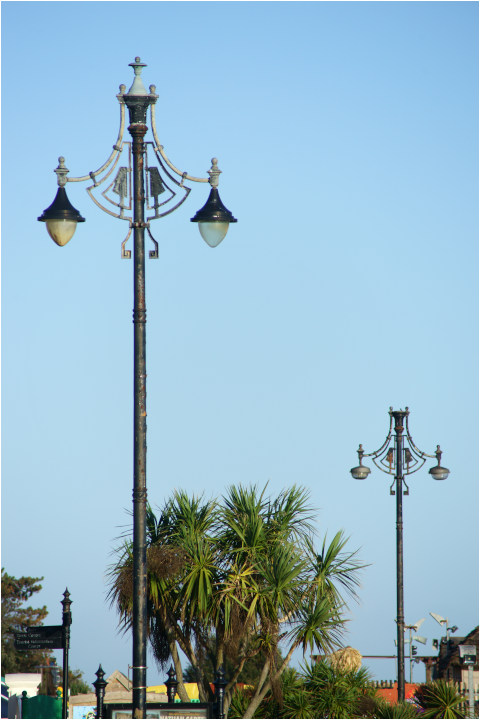
Furthermore, the surviving original REVO Clacton brackets are in plain sight of the 1990s restoration of the same brackets on the columns next to the Victorian gardens to the west of Clacton Pier.
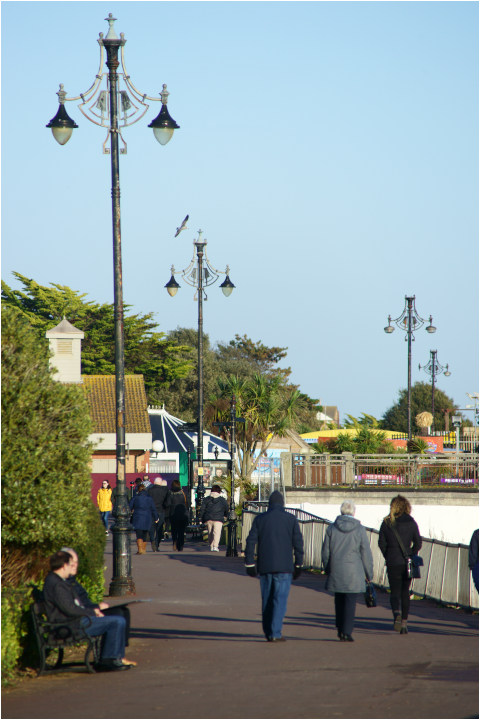
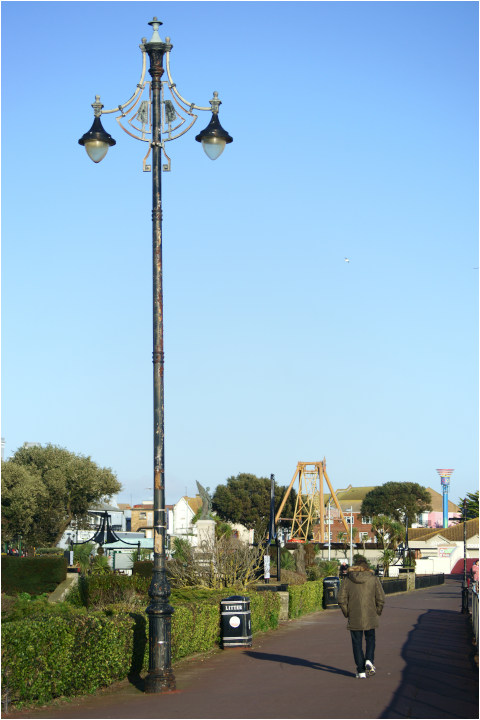
These photographs show that, apart from the powdercoating which appears to have faded rather quickly, the 1990s restoration was pretty much perfect. Even the lanterns are a good fit under the circumstances, with the "trumpet flare" of the canopy faithfully following the line of the bracket decoration.
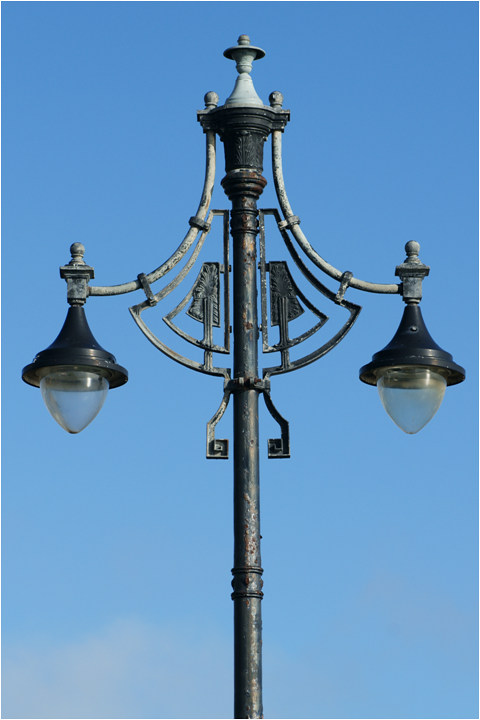
A close up view of the heritage lanterns, which we may see used again when the recently removed brackets are refurbished and reinstalled by the local council.
I expressed surprise in
my original post (December 2014) that the Z8430CMs had not been in light for "at least the past 15 years",
according to the newspaper report. That would have meant they hadn't been in light since at least 1999. The other day I found this newspaper cutting from February 2006 – less than nine years before the brackets were chopped:
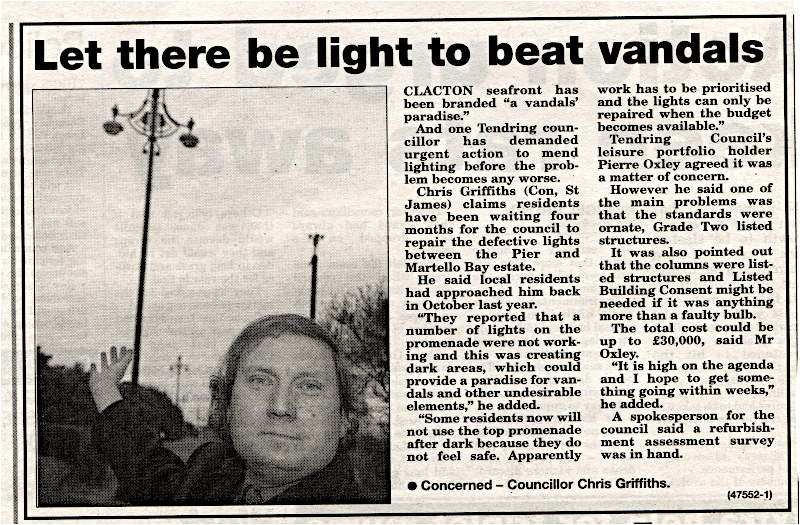
This report states that "a number of the lights" had not been working since at least October 2005 creating "dark areas" along the top promenade. This suggests to me that the lighting was clearly failing around this time, but also that a number of the lanterns were still in light, else the local councillor would have reported that the top promenade was in complete darkness!
Noting that the brackets were chopped just under nine years later (in December 2014), the article suggests the lighting failed altogether or was intentionally disconnected from the power supply either in 2006 or shortly afterwards. This is more in keeping with my own thoughts as to the length of time the lanterns had been out of light, i.e. comfortably under 10 years, and certainly not 15 years or more.
So what would these ultra-rare mercury-running top-entry Z8430CMs look like if they were in light?
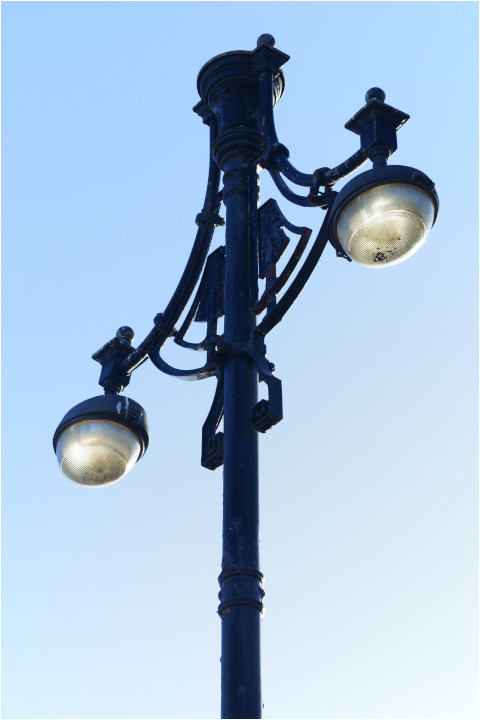
This "day burning" photograph was taken in February 2020, but it is sadly nothing more than an optical illusion – in this case the light of a low winter sun is pouring into the side of the lanterns' bowls. This is the only real photograph I have of these lanterns in light, from 25 years ago:
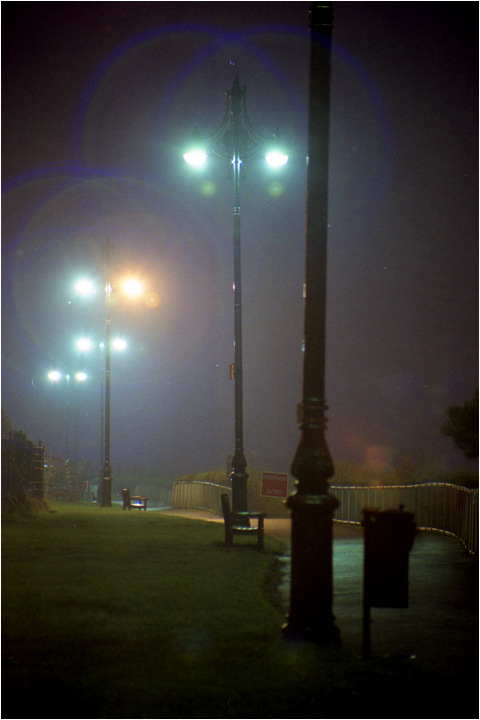
Thankfully a dig around in my own photo archive revealed this photograph of the clifftop path in January 1995. The Revo Clactons and top-entry GEC Z8430CMs are shown in light. As the lanterns had always ran mercury, I think the rogue SON lamp persuaded me to stop and take this photograph.
Being a collector of old street lights, and noting that
the top-entry Z8430CM was an intergral part of Clacton sea front for many years but were rarely installed elsewhere around the country, I had resigned myself to the fact that the closest I would get to owning one would be obtaining an example of the far more popular side-entry version (also popular in Clacton), and this was fulfilled when Harrison Lighting discovered some unsold stock of these back in 2009 (along with some REVO Prefects if I recall correctly). This never-installed example entered into the collection accordingly:

A new old stock GEC Z8430CM purchased from Harrison Lighting in May 2009. This photograph was taken in July 2010.
Imagine my surprise when 10 years later, I was contacted out of the blue by the legendary rescuer of old street lights John Thompson who had spotted that three top-entry Z8430CMs were being sold by someone who lived in my home town of Colchester. My immediate fear was that these three lanterns were the three that appear in the first picture of this post, but this was thankfully not the case and street lighting enthusiasts can still enjoy seeing at least three top-entry Z8430CMs installed along Clacton sea front to this day. John was successful in his endeavours and I was able to collect the lanterns a few days later.
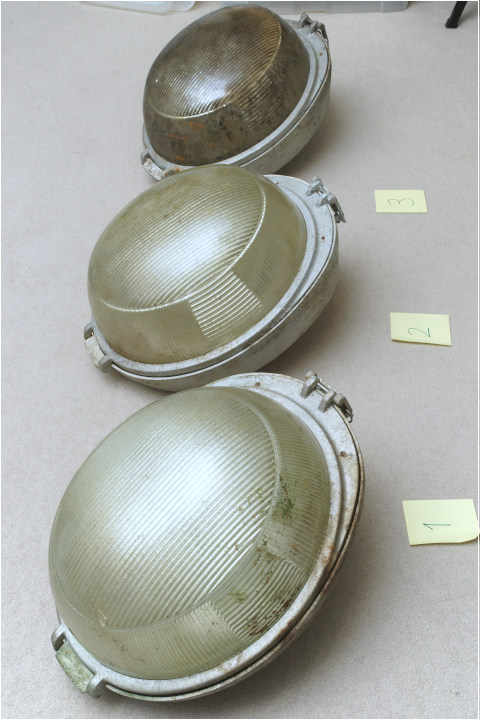
Three top-entry Z8430CMs obtained by John Thompson last year. Photograph taken in May 2019. I understand that they used to be installed on the side of, or inside a warehouse on Ipswich docks over the border in Suffolk.
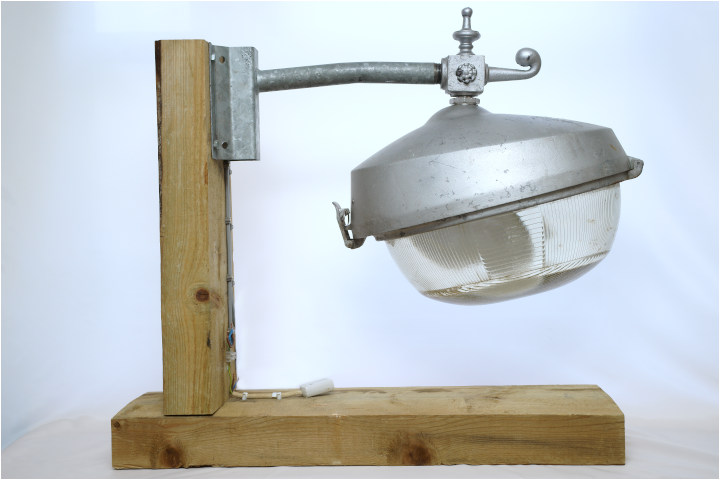
Although I purchased "lantern 3" in the photograph above from John (unlike the other two, it look liked it had been stored in a ditch!), it cleaned up really well, and it is fabulous to have another jigsaw piece from Clacton’s rich lighting history in the collection. This photograph was taken in June 2019.
And back in Clacton itself, it is also great to report that all is not lost – Tendring District Council have two intact original “REVO Clacton” brackets that they can reference in any future restoration of the brackets that were removed in 2014, and these are also in plain sight of a faithful earlier restoration of identical brackets undertaken by the Council in the 1990s.





